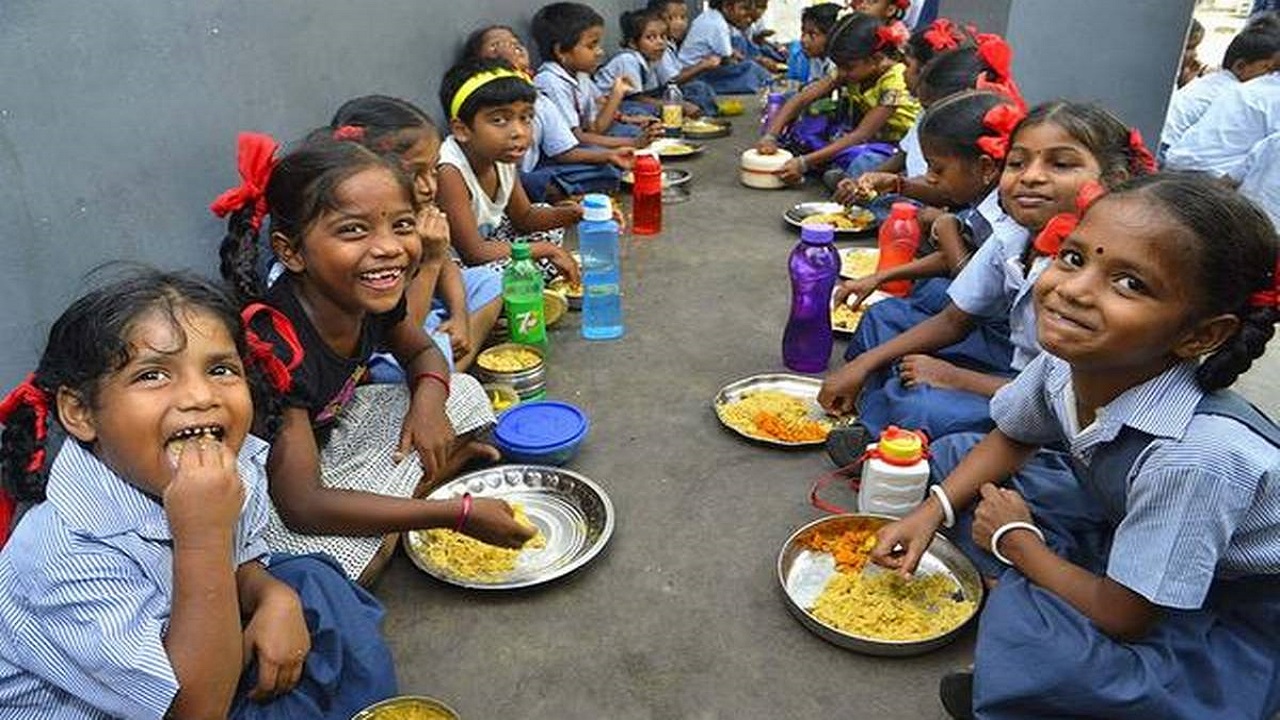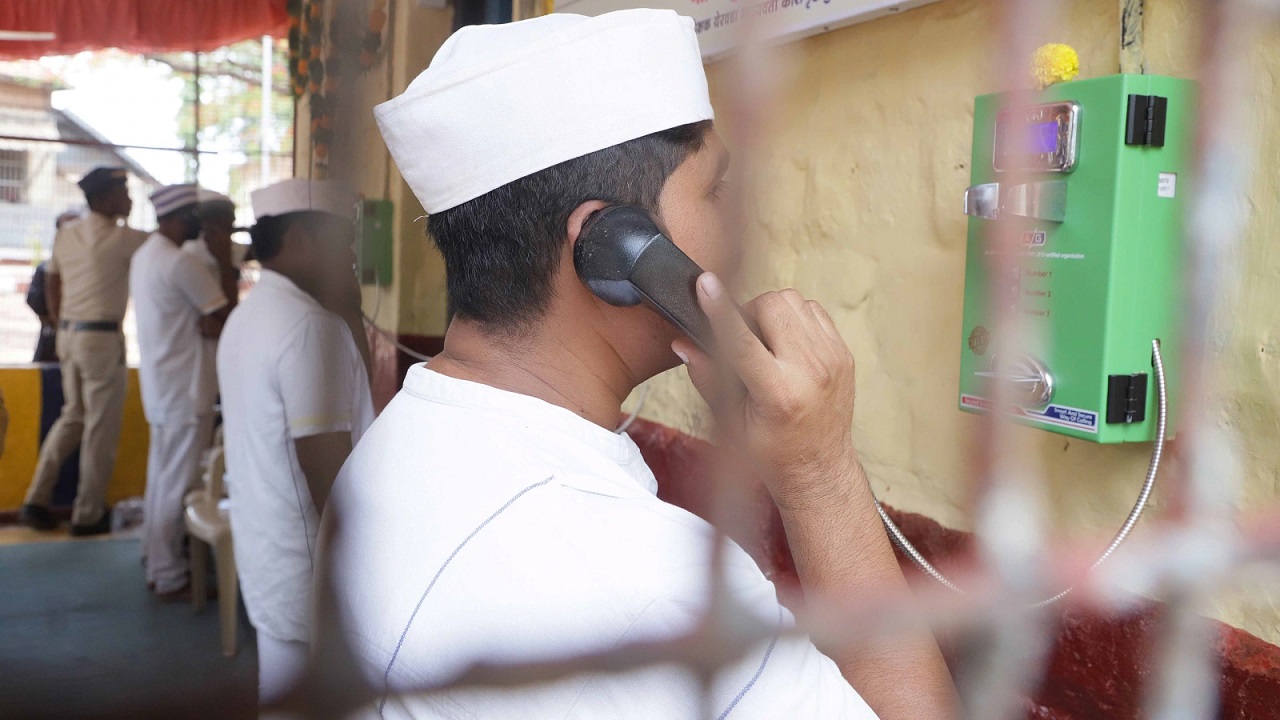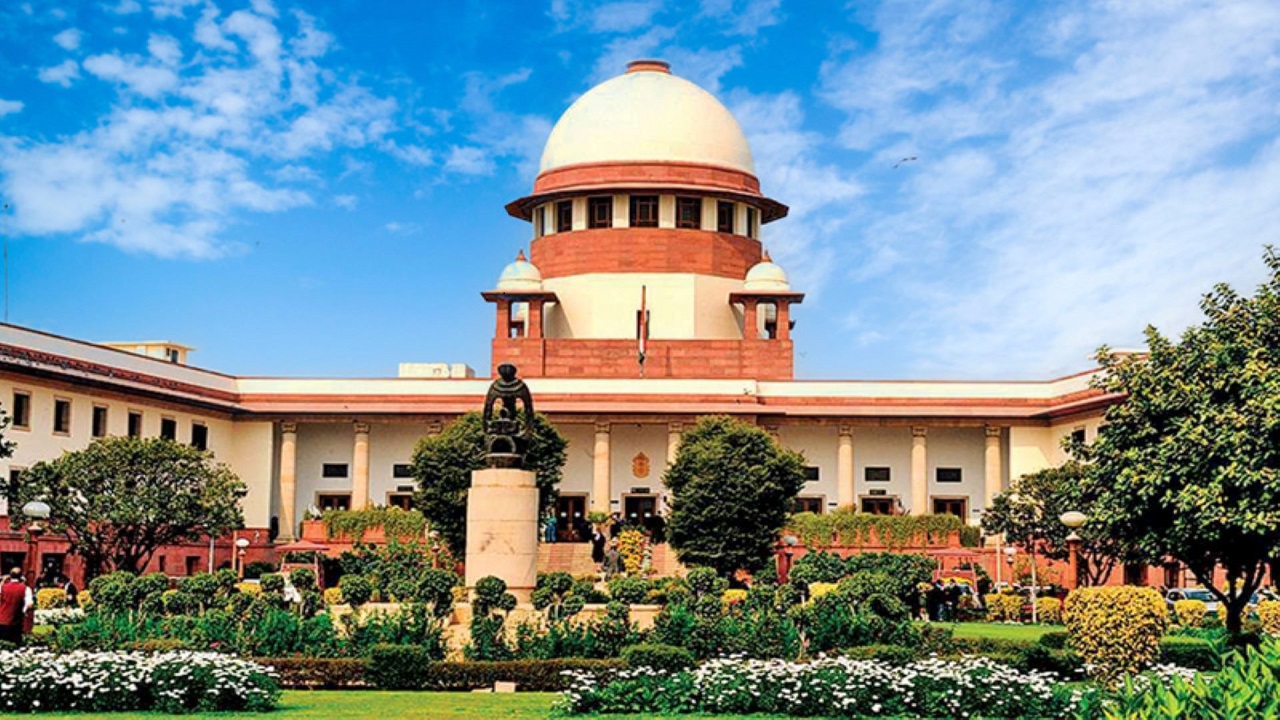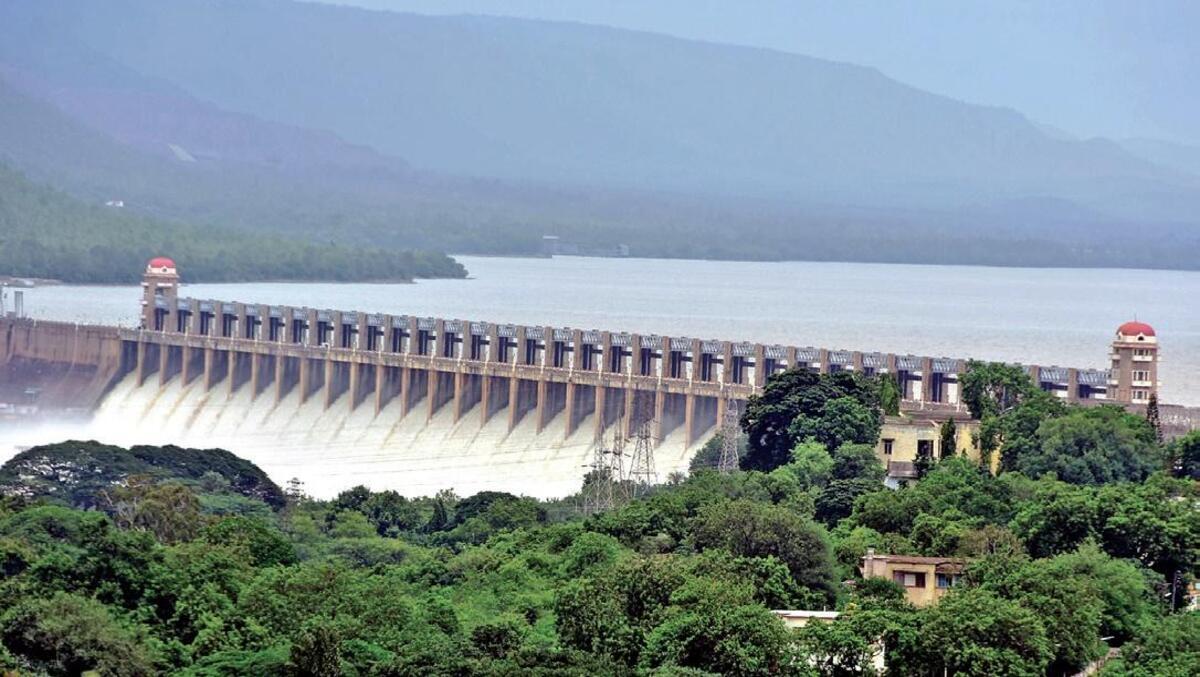Challenges in PM-POSHAN and Government School Enrolment: Causes, Impacts, and the Way Forward
Introduction
The Ministry of Education has raised concerns over a significant decline in student enrolment in government and government-aided schools across 23 States and Union Territories for the academic year 2024–25. This decline is particularly noticeable at the primary and upper-primary levels. In response, the Ministry has urged state governments to conduct investigations and implement remedial measures to address the issue.
PM-POSHAN Scheme Overview
The PM-POSHAN scheme, formerly known as the Midday Meal Scheme, is a flagship program aimed at improving child nutrition and educational outcomes. It targets children from pre-primary (Balvatika) to Class 8 who are enrolled in government and government-aided schools.
The main objectives of the scheme are to improve child nutrition, increase school attendance, reduce dropout rates, and enhance students’ concentration and learning outcomes. The scheme is funded jointly by the central and state governments, with a cost-sharing ratio of 60 percent from the Centre and 40 percent from the States. The central government also provides foodgrains to the schools.
Major Findings from PM-POSHAN Review Meetings
The review meetings of the PM-POSHAN scheme have revealed a worrying decline in the number of students availing midday meals. This reflects a broader drop in enrolment in government schools.
The following states reported the largest decline in midday meal coverage:
-
West Bengal: 8.04 lakh students no longer covered
-
Uttar Pradesh: 5.41 lakh students
-
Rajasthan: 3.27 lakh students
-
Delhi: 97,000 students
In Delhi, the scheme's coverage is significantly below the national average. The coverage data for 2024–25 is as follows:
-
Pre-primary level: 60 percent
-
Primary level: 69 percent
-
Upper primary level: 62 percent
This underperformance has raised concerns, especially since some schools have reported that students are bringing meals from home instead of availing the government-provided food. The Ministry has directed all states to ensure universal meal coverage and maintain the quality of food served under the scheme.
Reasons for the Decline
There are several reasons behind the decline in enrolment and midday meal coverage:
-
Data Cleansing and Reporting Changes
The Ministry has moved from aggregate school-level reporting to individual student-level data collection. This includes details such as the student’s name, address, and Aadhaar number. As a result, “ghost” entries, which previously inflated enrolment figures, have been removed. This has led to more accurate and often lower enrolment figures. -
Shift to Private Schools
Following the COVID-19 pandemic, there has been a reversal in school enrolment trends. Many parents are now opting to send their children to private schools, possibly due to the perception of better education quality and facilities. This shift has contributed significantly to the fall in enrolment in government schools. -
Implementation Challenges
In some states, the implementation of the PM-POSHAN scheme is facing difficulties. For example, students in certain schools are not receiving midday meals and are instead bringing food from home. This raises concerns about the delivery, monitoring, and quality control of the scheme.
Supporting Evidence from Other Reports
The UDISE Plus report for the year 2023–24 has confirmed these trends. It recorded a decline of approximately 1.5 crore students in total school enrolment (covering both government and private schools) when compared to the average enrolment between 2018–19 and 2021–22. The findings of the PM-POSHAN review meetings suggest that this downward trend continues into the academic year 2024–25.
Recommendations and Way Forward
To address these challenges effectively, a comprehensive and multi-layered approach is necessary. The following steps are recommended:
-
Strengthening Digital Infrastructure
A robust, real-time monitoring system should be implemented to track enrolment and meal distribution. This will help improve transparency, ensure accountability, and eliminate fraudulent records. -
Integration with Related Schemes
The PM-POSHAN scheme should be integrated with other key initiatives such as the POSHAN Abhiyaan and the Samagra Shiksha programme. This will promote a more holistic approach to child development by addressing both educational and nutritional needs. -
Community Participation
Local communities, including panchayats, self-help groups, and school management committees, should be actively involved in overseeing the implementation of the scheme. Their involvement can help build trust in the public education system and ensure better accountability. -
Public-Private Partnerships
Collaboration with non-governmental organisations and private sector partners can help improve school infrastructure, enhance the nutritional value of meals, and provide training for school staff involved in meal preparation and delivery. -
Incentives for Enrolment and Retention
Targeted interventions such as scholarships, nutritional supplements (like milk, eggs, and fruits), and quality education programs should be introduced, particularly in socio-economically disadvantaged regions. These measures can help attract and retain students in government schools.
Conclusion
India’s long-term development goals, including the vision of becoming a developed nation (Viksit Bharat) by 2047, are closely tied to the quality of its human capital. Foundational education and child nutrition are critical pillars of this development.
The recent decline in school enrolment and PM-POSHAN coverage signals an urgent need for coordinated, inclusive, and future-ready policy interventions. By strengthening implementation, increasing community involvement, and ensuring quality and access, India can move closer to achieving the targets of Sustainable Development Goal 4, which calls for inclusive and equitable quality education for all.
Investing in children today will ensure a stronger, healthier, and more educated nation tomorrow.




Comments (0)